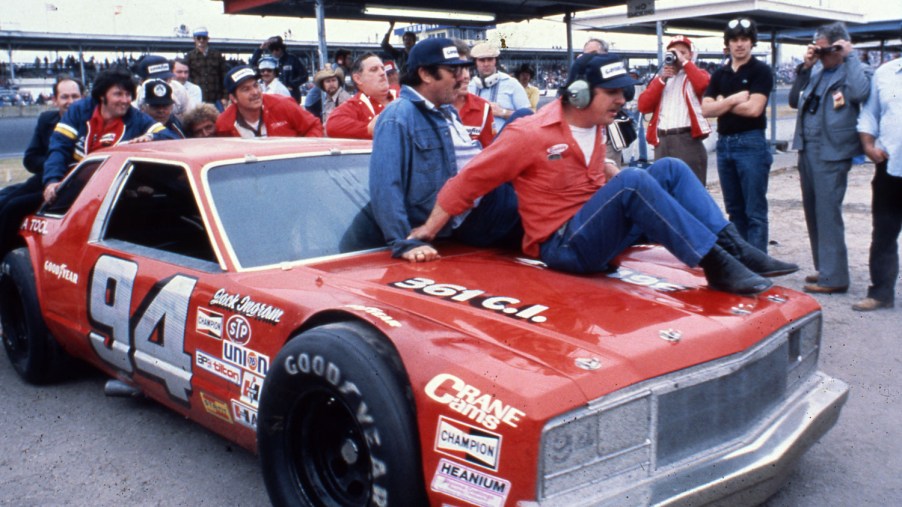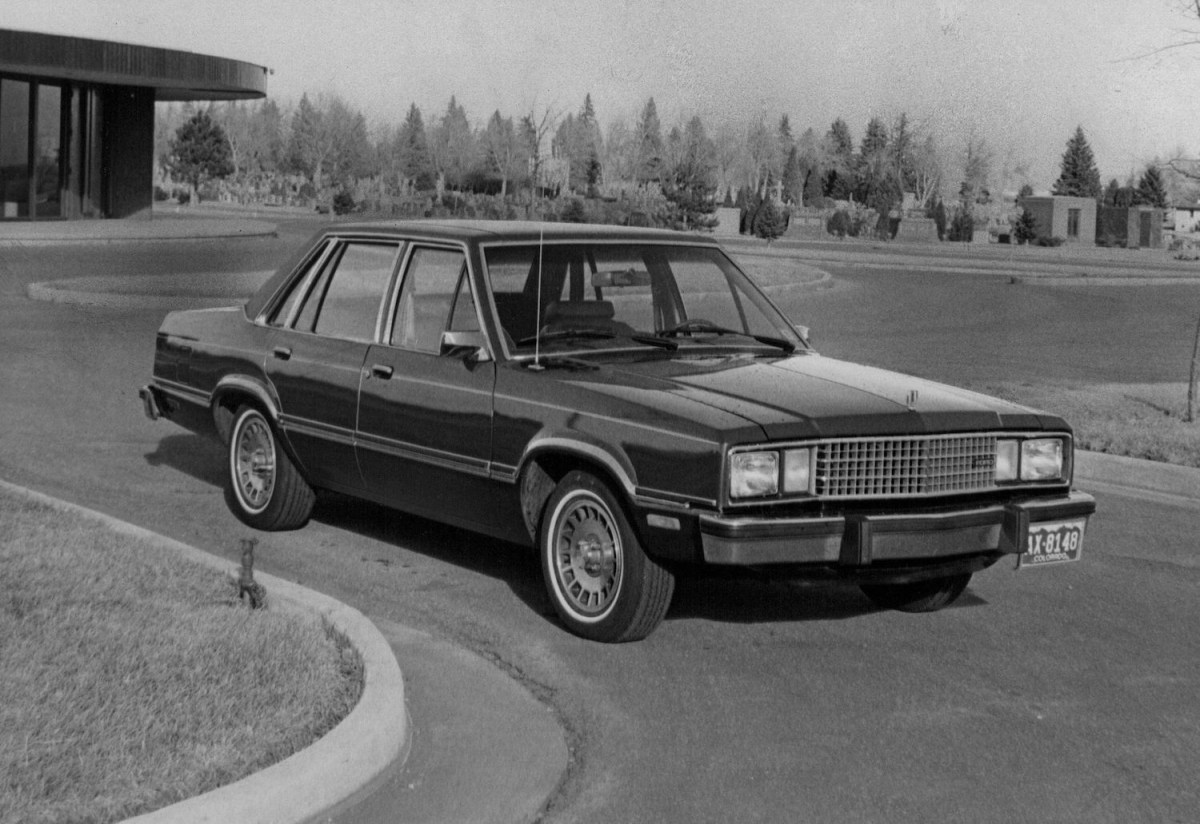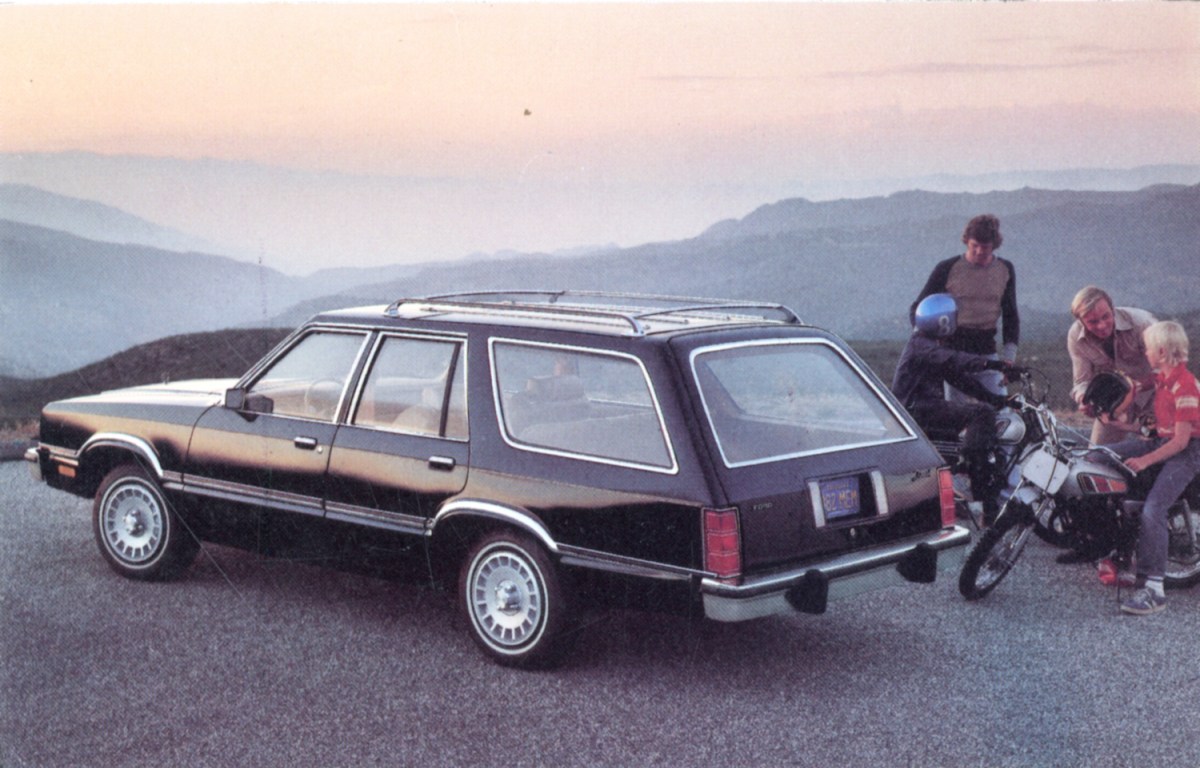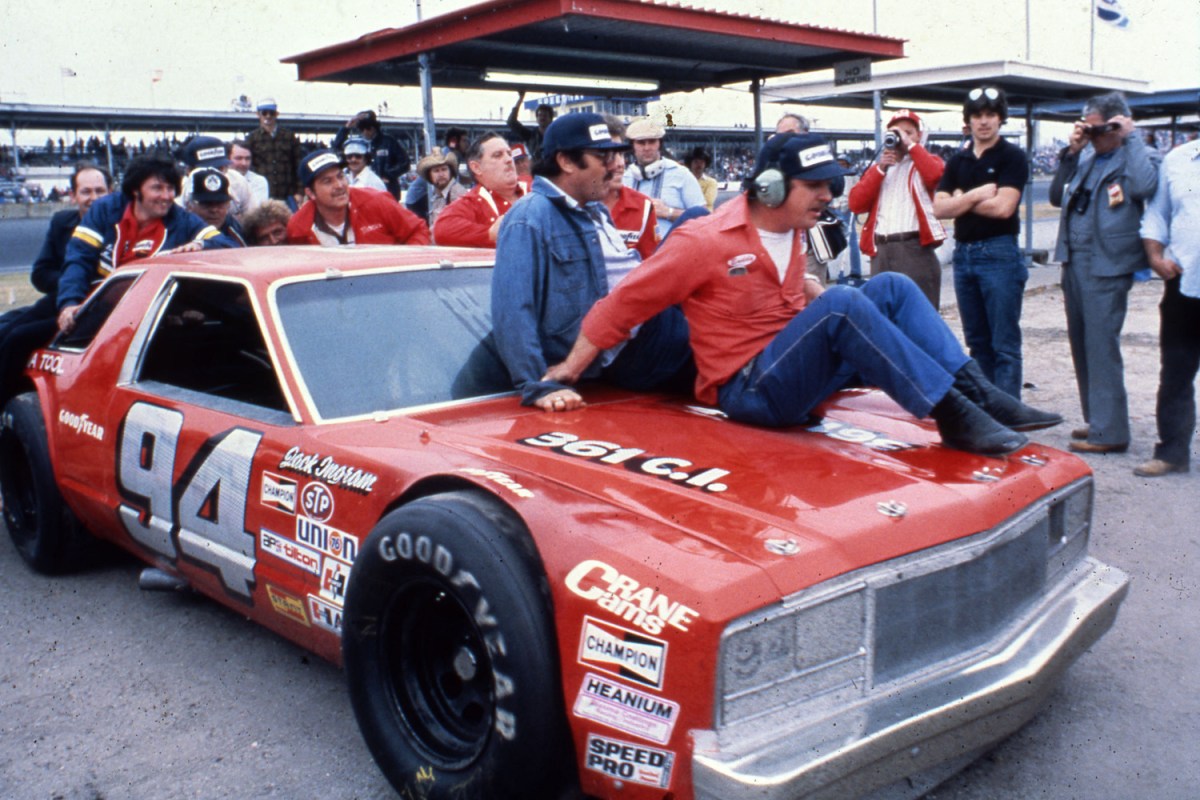
Before the Fox Body Mustang, Ford Made the Fairmont
The 1970s saw hardship for American cars as emissions laws became more strict. Cars required new expensive equipment to filter their exhaust fumes, which in turn slowed them down. The second-generation Ford Mustang was proof of the detrimental effects this had on speed when its most powerful engine was a V8 that made 120 horsepower.
The next generation would be the fox body, which redeemed the name without fail. However, before the Mustang could inherit the fox platform, the Fairmont took the reigns. It would go on to outsell every other car in Ford’s lineup and then promptly disappear. Here’s what happened to the Ford Fairmont.
The Ford Fairmont was the start of a new era

Ford built the Fairmont as a sedan, station wagon, and sporty two-door coupe “Futura” from 1978 until 1983. The Fairmont was a platform Ford could use to develop future cars, and was the 100,000,000th car the company ever made. It was lightweight, compact, and its body style had only straight edge lines, something most cars adopted later in the 1980s. The attraction to the Fairmont came with the fact that it was rear-wheel drive, which was more desirable for government fleet vehicles.
The Fairmont came standard with a single overhead camshaft 2.3-liter inline-four or with an optional 3.3-liter overhead-valve inline-six, both making around 85 horsepower. A turbocharged variant of the 2.3-liter engine found its way to the Fairmont in 1980 and the Mustang SVO in 1984.
Being produced in the late 1970s dictated the Fairmont needed to be fuel-efficient. That’s precisely what it was, thanks to its small-displacement engines. Ford offered the Fairmont with either an automatic or manual transmission.
The 5.0-liter Windsor V8 made an appearance as well, first rated at 140 horsepower but dropped to 115 in later years. The Fairmont weighed as much as 2,748 pounds, making it incredibly lightweight. The Fairmont employed galvanized pre-coated steel and aluminum to help fight off rust.
What happened to the Fairmont?

The Ford Fairmont outsold the 1965 Mustang in its debut year. In fact, it was the most successful launch of any Ford up until that time and pivotal to Ford’s success even now. For a plain-jane-looking car, it had impressive handling thanks to its suspension setup. Unfortunately, sales dropped steadily after that first year. Ford had made an average-looking, well-performing car, just like Volvo, and unfortunately lacked the import appeal.
The Fairmont lived on in the Fox Body Mustangs and Thunderbirds that followed. Though it never had the sporty appeal of a Corvette or a Mustang, the Fairmont provided adequate performance and a foundation on which Ford could rebuild its brand. Ultimately the Fairmont was discontinued in an effort to introduce a new lineup.
The Ford Fairmont makes an interesting project

By all accounts, the Fairmont is reliable, simple, and cheap. If you can still find one, its lightweight body might make it an excellent hot rod project. Especially since its engine bay is big enough for a 5.0-liter, it could be a prime candidate for an engine swap. Since it came with a manual transmission as well, there’s no need for conversion. They’re not seen on the road very much nowadays, so it may even qualify as a novelty project.


